
The Most Common Area Rug Mistakes and How to Avoid Them
When it comes to interior design, area rugs are more than just accessories – they are essential elements that help define a space, tie together decor and add a warm feeling to home. But for many, choosing the right area rug can be a challenge. Mistakes like choosing the wrong size, material or style can throw off the harmony of your design.
Top 7 Mistakes
1. Choosing the wrong Rug Material
The material of your rug is just as important as its size. The wrong choice can lead to premature wear and tear, or impractical cleaning issues, especially if you have pets, kids or a high-traffic area.
Here is breakdown of the most popular rug materials:
Wool rugs: Known for their durability and luxurious feel, wool rugs are great for allergy-prone homes. However, they can trap moisture and grow mold in damp areas, so avoid placing wool rugs in bathrooms or mudrooms. Professional cleaning is recommended to maintain their longevity.
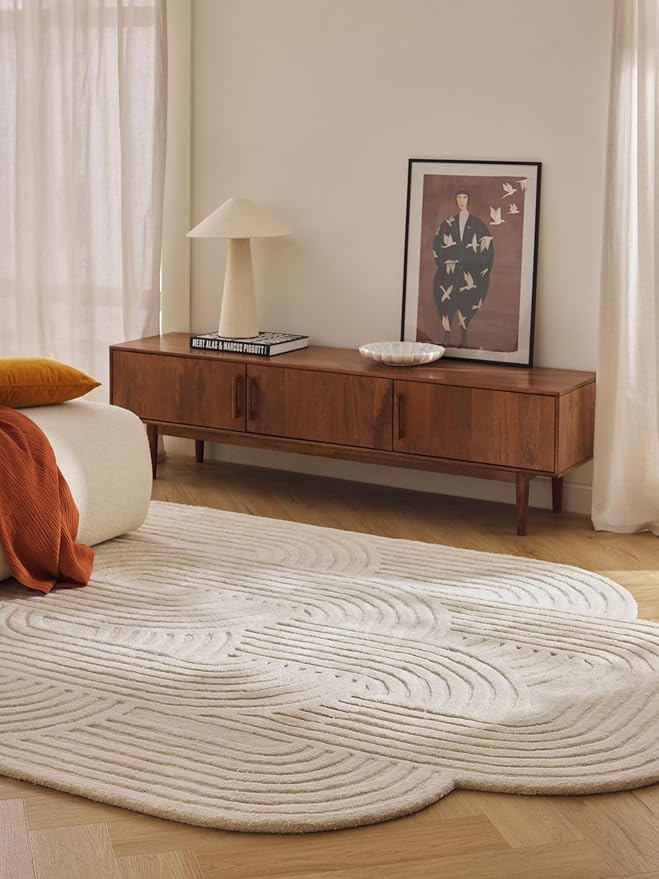
Natural fiber rugs (jute, sisal, seagrass): These are eco-friendly and have a charming and organic look, but they tend to shed a lot in high-traffic areas. Although these materials can add texture and warmth, you may find yourself vacuuming frequently if you have kids or pets.
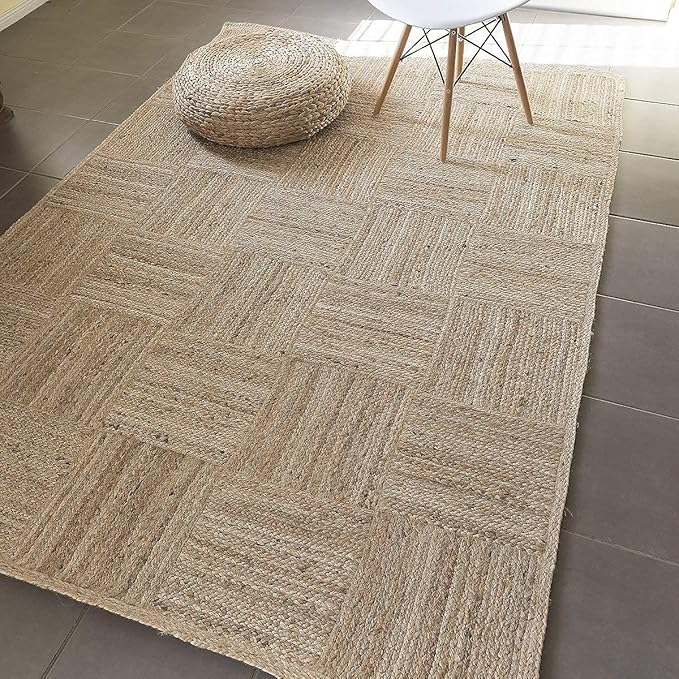
Silk rugs: Silk rugs are exquisite and delicate, making them better for decorative purposes. These rugs are often hung on walls or used sparingly because they are less durable than wool and more expensive.
Polyester and polypropylene rugs: Affordable and available in a variety of colors, these synthetic rugs are perfect for low-traffic areas like bedrooms or offices. However, they are prone to scuffing, staining and losing their softness over time. Pets and kids can wear them out quickly, so these rugs are often considered “throw-away” purchases.
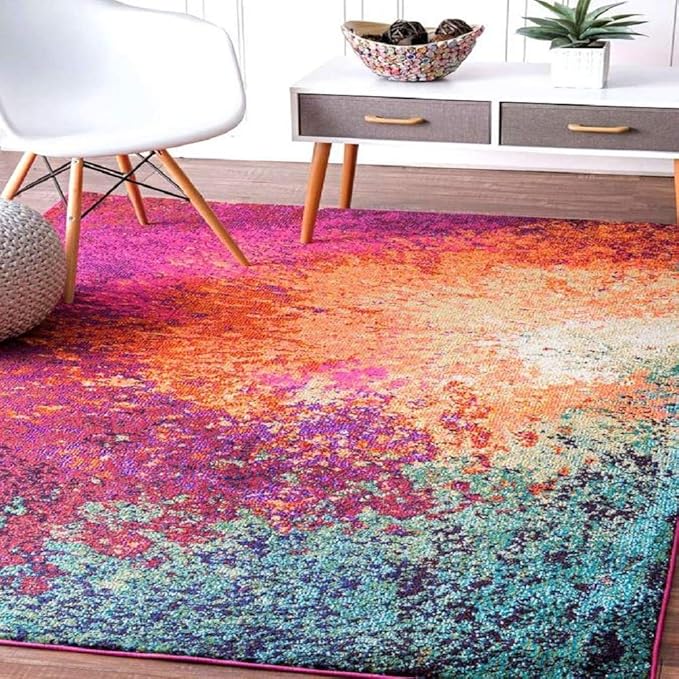
2. Buying a Rug that is too Small
One of the most common design mistakes is choosing an area rug that’s too small for the space. This mistake is most common in three main areas: the living room, dining room and bedroom.
Living room
In living room, rug should be large enough to fit all the furniture on top of it, with at least six inches of space around each piece. If that is not possible, the front legs of the furniture should sit comfortably on the rug. This helps create a comfortable seating area while also making the room seem more spacious. A rug that is too small, on the other hand, can make the space feel cluttered and smaller than it really is.
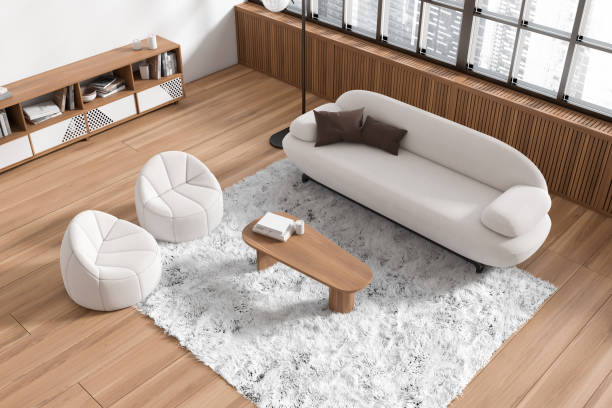
Dining room
For the dining area, rug should extend beyond the table so that there is room for chairs to move in and out while still being on the rug. The general rule of thumb is to measure at least 36 inches from the edge of the table for the minimum rug size. If you can not find or purchase a rug that large, it is best not to lay the rug at all and let the table “float” on the floor, making the room feel more open.
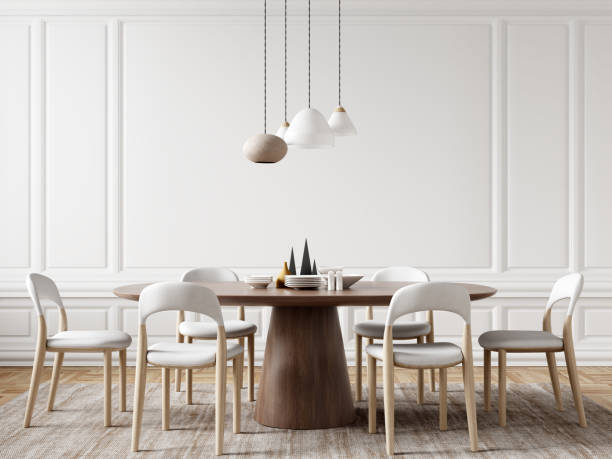
Bedroom
In the bedroom, rug size depends on the size of your bed. For a queen bed, the minimum size should be 8 by 10 feet, while for a king or California king bed, choose a rug that is 9 by 12 feet. The rug should extend all the way around the bed so that you have a soft place for your feet when you wake up. If your feet tend to land on a cold floor, consider adjusting the rug so that it’s closer to the nightstand.
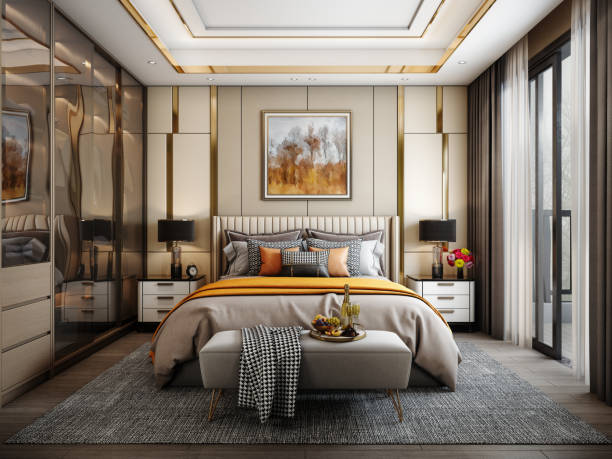
3. Stuffing the space with wall-to-wall Rugs
Another common mistake is choosing a rug that’s too close to the walls, almost like a wall-to-wall carpet. This can fill up the room and hide your beautiful flooring. Instead, aim to leave at least a 6 to 18-inch gap between the rug and the walls. This breathing space allows the floor to peek through and keeps the space from feeling cluttered.
If your room is very large, you can adjust this gap to suit the size of the room. Play around with different configurations and leave enough space for rugs and furniture so that the room doesn’t feel stuffy.
4. Avoid the “matchy matchy” look
A question that often comes up is whether all rugs in a home should be the same, especially in open concept spaces. The answer is no. To create a dynamic and visually interesting home, mix and match your rugs. While they don’t have to be identical, they should share a similar color palette or style that ties the spaces together.
For example:
If your home’s palette is warm and neutral, choose rugs in earth tones, soft sunset shades, or muted golds and oranges.
For a cooler palette, gray, blue, and green rugs add a calming touch.
If you prefer a monochromatic look, try textured or patterned black and white rugs to add visual interest without overwhelming the space.
5. Laying a Rug over a high-pile Carpet
Laying a rug over a carpet can work beautifully when done correctly, especially to add color or texture to a monotonous room. However, avoid placing an area rug over a high-pile or shag carpet, as it will sag under the weight of the rug, creating an uneven and unsightly surface.
Instead, lay rugs over low-pile carpets or a smaller rug over a larger neutral carpet to add depth and dimension without creating an awkward look.
6. Choosing an Area Rug last
Many people make the mistake of choosing an area rug as an afterthought, choosing it last after all the other accessories have been chosen. However, as a designer secret, choosing the rug first can actually help solidify the room’s color scheme and overall design.
By choosing the rug early in the design process, you can draw color and pattern inspiration from it to inform your choices for furniture, decor, and even paint. Think of the area rug as the foundation that ties the entire room together.
7. Skipping the Rug Pad
One of the most overlooked aspects of rug care is the rug pad. A rug pad protects your flooring, adds cushioning, and prevents the rug from sliding, which is especially important in high-traffic areas or homes with children. Rug pads also extend the life of your rug by preventing dirt and moisture from getting trapped underneath.



